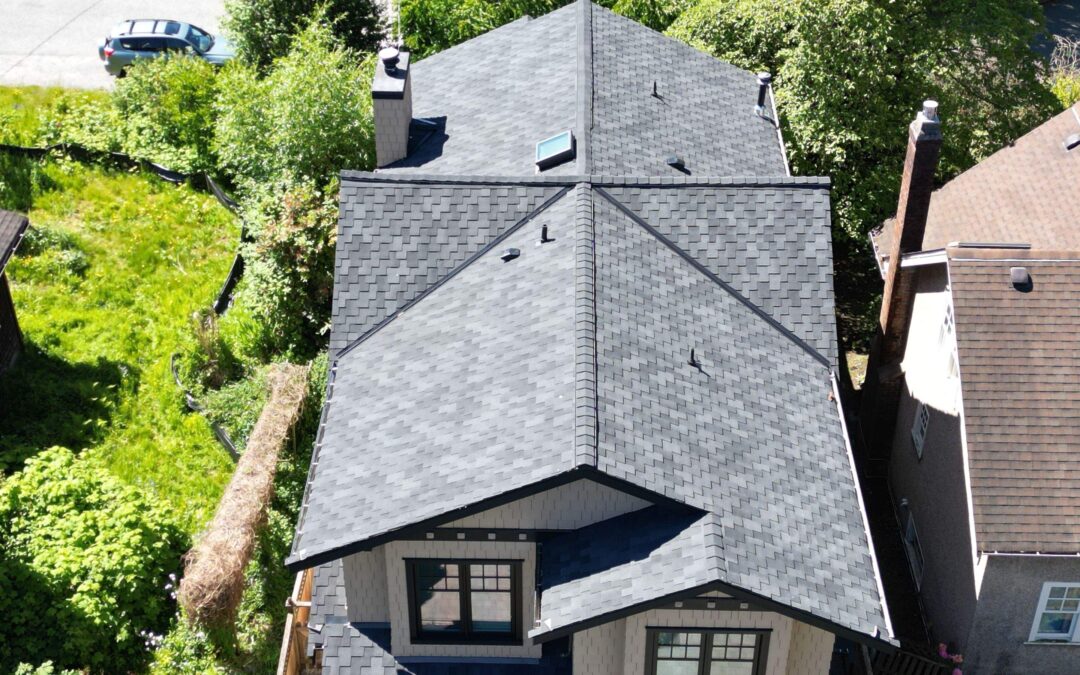You’re not the only one with asphalt shingles on your house. These are among the most popular roofing materials in North America because they are reasonably priced, simple to install, and reasonably durable. The problem is that even strong materials deteriorate with time, particularly in Canada’s unpredictable environment. Between scorching summers, wet autumns, and freezing winters, your roof takes a beating year-round.
Catching problems early can save you thousands of dollars in repairs and prevent structural damage. In this blog, we’ll walk you through three quick checks to see if your asphalt shingles are in trouble—and what to do if they are.
Why Homeowners Trust Asphalt Shingles for Sloped Roofing
Homes with shingle roofs, especially those composed of asphalt shingles, are likely to be seen if you stroll through any Canadian suburb. Homeowners now choose these roofs because they are readily available, reasonably priced, and simple to fix. Shingle roofs are still a reliable choice for sloping roofing, regardless of whether you’re building a new structure or renovating an old one.
Asphalt shingles are especially popular for sloped roofing systems across Canada. They’re a practical option for residential homes thanks to their water resistance, reasonable cost, and ease of maintenance. Asphalt shingles typically last between 15 to 30 years, depending on their quality, installation, and exposure to weather conditions.
However, just because asphalt shingles are durable doesn’t mean they’re indestructible. Harsh winters, UV rays, and poor attic ventilation can all shorten their lifespan. That’s why quick visual checks—like the ones we’re about to share—are essential.
Quick Check #1 – Look for Curling or Cracked Asphalt Shingles
Inspect your roof from the ground or with binoculars. If you notice asphalt shingles curling upward at the edges or cracking across the surface, it’s a sign of aging or heat damage.
This kind of wear makes your roof vulnerable to water intrusion, especially during heavy rainfall or snowmelt. According to the National Roofing Contractors Association (NRCA), issues like cracked, curled, or missing shingles—especially on asphalt shingles—are clear signs your roof may be nearing the end of its service life and should be inspected promptly.
If several shingles are affected, it’s time to call a shingle roofer for a closer inspection or possible replacement.
Quick Check #2 – Spot Shingle Granules in Gutters or Downspouts
Those gritty particles you see on asphalt shingles are protective granules that shield your roof from UV damage. It’s pretty normal for new shingle roofs to lose a few granules at first. But if you’re noticing a lot of them piling up in your gutters or near your downspouts, that could mean your asphalt shingles are wearing out faster than they should.
When too many granules fall off, the layer underneath gets exposed, which can make your roof age quicker. If you have sloped roofing, it’s easy to miss this issue since the granules just wash away and everything might look fine from the ground.
But over time, this can lead to serious problems like cracks, blisters, or even leaks—especially after strong rain or snow. And the longer you wait to fix it, the more expensive it could get. That’s why it’s smart to have a shingle roofer or check in with any from your ‘shingle roofers near me’ lisitng to catch the problem early.
If you’re unsure, contact the most recommended in your search for ‘shingle roofers near me’ to conduct a gutter inspection and surface review before the problem worsens.
Quick Check #3 – Watch Out for Dark Patches or Moss Growth
Dark spots on your roof might look harmless—but they can indicate moisture damage or heavy granule loss on your asphalt shingles. Moss, on the other hand, loves growing in damp, shaded spots. But while it may give your roof a cottage-core aesthetic, it’s bad news for your shingles.
Moss can lift asphalt shingles, allowing water to seep in and rot the underlying deck. Once that happens, your sloped roofing could start to break down. If you leave it alone, the moisture can cause mold, ruin your insulation, and even lead to leaks inside your home. What starts as a small problem can quickly turn into an expensive fix.
Don’t wait for the damage to get worse. A shingle roofer can safely get rid of the moss, check for any hidden problems, and see if you need a full or partial shingle roof replacement.
When to Call a Shingle Roofer for an Expert Inspection
DIY checks are helpful, but there are limits. If you’ve noticed any of the above signs—or just haven’t had a roof inspection in a few years—it’s time to call in the pros. Minor issues can easily go unnoticed by untrained eyes and eventually lead to water leaks, structural damage, or mold growth.
Shingle roofers can identify subtle issues like early blistering, underlayment wear, or poor attic ventilation—all of which can reduce the life span of asphalt shingles. Look for certified professionals with references, experience in working with shingle roofs, and solid knowledge of your area’s climate conditions.
How Regular Roof Inspections Extend the Life of Asphalt Shingles
Preventive maintenance matters. According to the Roofing Contractors Association of British Columbia (RCABC), routine inspections twice a year can help detect and fix issues before they become expensive. These inspections are especially important in areas with changing seasons, where weather fluctuations can silently damage roofing materials.
Here’s what regular inspections help with:
- Catching small cracks or lifting asphalt shingles early
- Identifying flashing or vent seal deterioration
- Removing moss or algae before it spreads
- Ensuring proper drainage on sloped roofing
- Spotting moisture buildup or hidden leaks inside the attic
A certified shingle roofer will also ensure your attic is well-ventilated, which is critical in preventing heat buildup that warps asphalt shingles and shortens your roof’s lifespan.

Final Thoughts
If you own a home with asphalt shingles, these three quick checks can help you spot trouble before it spirals out of control:
- Curling or cracked shingles
- Granules in gutters
- Dark patches or moss growth
Regular inspections and timely action can extend the life of your roof by years. Don’t wait for water to drip from your ceiling—reach out to experienced shingle roofers near you and protect your investment.
Want to go deeper into the most common shingle roofing issues? You can explore more in this guide: 7 Common Problems with Shingle Roofing (and How to Fix Them)
Your roof’s first line of defense starts with awareness. So grab your binoculars, give your home a once-over, and keep your asphalt shingles in tip-top shape

